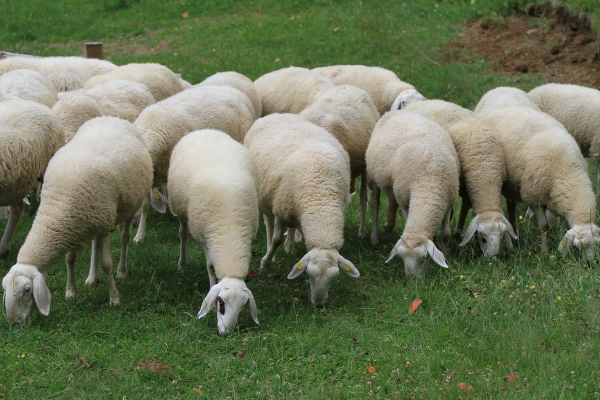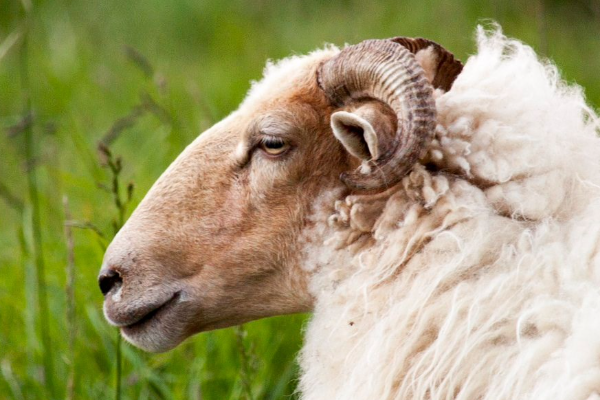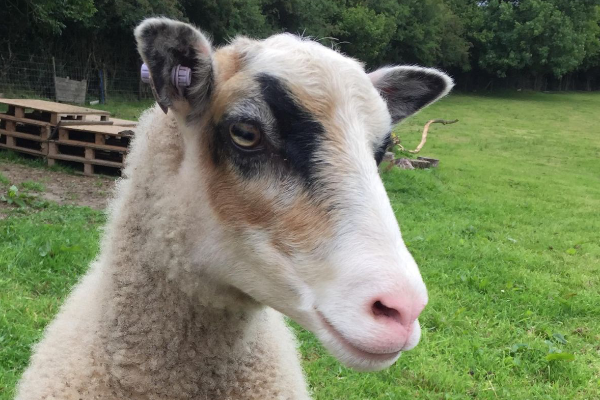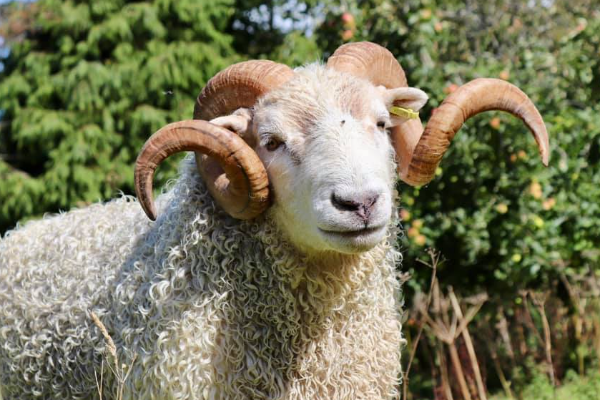Jezersko–Solčava Sheep
What is the history of Jezersko–Solčava Sheep?
The Jezersko – Solčava sheep belongs to the group of mountainous sheep of the Eastern Alps that originated in the mountain district of Kamnik-Savinja, in the Karavanke Mountains and in the Alps of Kamnik.Until the outbreak of the First World War it was the most numerous sheep breed in southern Carinthia, in Friuli and in Slovenia. Its name derives from the regions of Jezersko and of Solčava, formerly in the Austrian Empire, now in Slovenia. It is raised also in parts of Austria, Germany and Italy; a small number were imported to Serbia in 1991.
It may also be known as the German: Kärntner Brillenschaf, Seeländer Schaf or Villnösser Schaf. The Jezersko – Solčava sort of sheep was obtained by the crossbreeding of the original sheep of the Jezersko – Solčava region with sorts of the sheep of Bergamo and Padua.
In the first half of the 18th century, some breeders who wished to improve the quality of the wool, brought to country the rams of the merino sort. Supposedly the attempt at ‘merinoization’ didn’t have an important effect on domestic sheep. After 1962 there was another attempt at ‘merinoization’, which caused worsening of the fertility and lessening of toughness. Experts were critical about the attempt at ‘merinoization’ in the Alpine area, considering it an entirely wrong step, because the merino sheep with their fleece needed dry climate, and that was not the case in the Slovene Alpine area, the home of the Jezersko-Solčava sort of sheep.
Breeding the sheep with thick and dense fleece in damp climate is indeed impossible.
What are the characteristics of Jezersko–Solčava Sheep?

- The Jezersko-Solčava sheep belongs to the breed of hornless longicaudate white sheep.
- Its characteristic head is rather big and not woolly, with a distinctive bulging nasal line and long, hanging ears.
- In the past Jezersko-Solčava Sheep were supposed to have a characteristic black patch around the eyes (glasses or teardrop); later on the majority of breeders selected the sheep without that mark.
- The lips and chin may be flecked with black; the coat is otherwise white.
- Both sexes are polled (hornless).
- The hooves are strong.
- They have firm legs, a long and strong muscular back.
- The sheep is well adapted to pasture in the mountainous pasture-grounds.
- For the most part, sheep are being sheared twice a year, in April and in October, the breeders get about 4-5 kg of wool per sheep.
- In the past, when wool represented an important and economically interesting product of sheep-breeding, sheep were sheared even three times a year.
- Ewes lamb twice a year, with a twin rate of 70%.
What is the weight of mature Jezersko–Solčava Sheep?
Jezersko–Solčava ram is in the range of 75-80 kg and a mature ewe 55-65 kg.

Written by
H Cetin KATIRCI
Online ShepherdBreedsMore
IllnessesMore
Forage cropsMore
![]() Патологическая физиология голодания Arina TARAN
Патологическая физиология голодания Arina TARAN![]() Дефицит фосфора (гипофосфатемия) Hipofosfatemi Arina TARAN
Дефицит фосфора (гипофосфатемия) Hipofosfatemi Arina TARAN![]() Какие бывают кормораздатчики для ферм КРС? Irina Makarova
Какие бывают кормораздатчики для ферм КРС? Irina Makarova![]() Кормушки для овец Diana Myakisheva
Кормушки для овец Diana Myakisheva![]() Питание домашних коз: что едят, виды корма и правила кормления Alina Arslantürk
Питание домашних коз: что едят, виды корма и правила кормления Alina Arslantürk![]() Важность минералов питании сельскохозяйственных животных Irina Makarova
Важность минералов питании сельскохозяйственных животных Irina Makarova



















